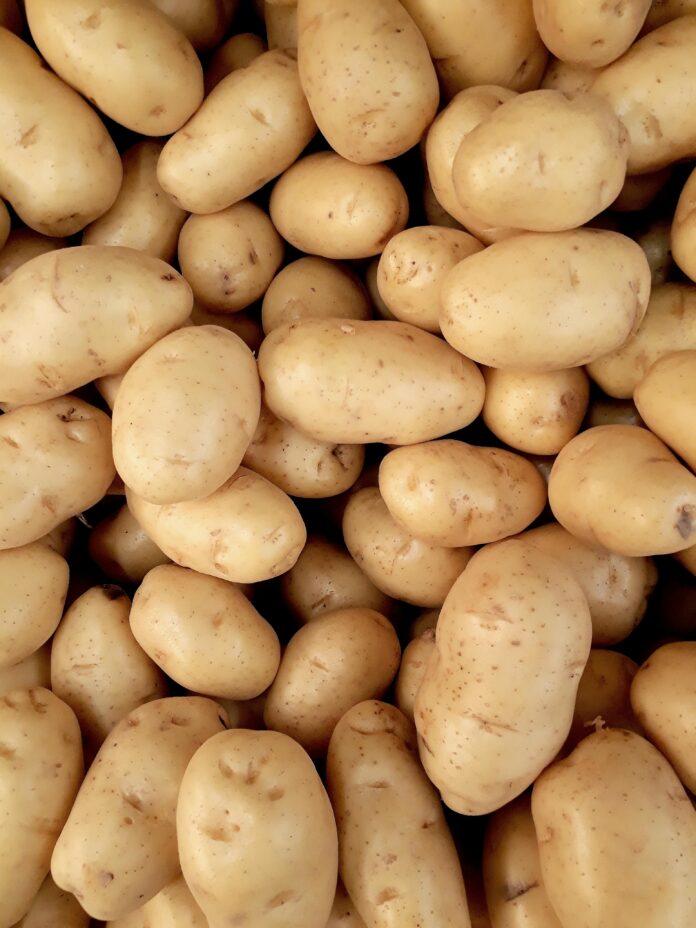Tomato sauce production in the Kurdistan Region continues to grow this summer. Farmers from Halabja, Sulaimani, and Erbil are sending large volumes of tomatoes to local factories. As a result, production lines are working at full speed.
Each minute, one factory processes 110 tons of fresh tomatoes. This rapid output produces 80 bottles of tomato sauce, with each bottle weighing 800 grams. Factory director Kamaran Mohammed said that the tomatoes arrive in excellent condition. He noted they are perfect for stews and sauces.
Tomato sauce production in the Kurdistan Region relies heavily on regional farmers. For example, Aras Nawzad delivers tomatoes from Said Sadiq. He praised the quality of the tomatoes. However, he criticized the low prices offered to farmers. According to him, the market rate barely covers the cost of production.
In addition to pricing problems, factories face other obstacles. Smuggling and limited state support are among the biggest threats. Kamaran Mohammed said the Iraqi government still refuses to include locally made “doshaw” (tomato paste) in the national food ration. He believes this policy hurts both farmers and factories. Despite several requests, no change has occurred.
Meanwhile, the Ministry of Agriculture in the Kurdistan Region has taken steps to protect domestic products. When local crops are available, the ministry bans imports of similar goods. This strategy gives farmers a chance to sell their harvest first. According to Star Mahmoud, Director General of Agriculture in Halabja, the goal is to strengthen the local market.
In previous years, the ministry also supported transport costs. “We returned fees to the farmers,” Mahmoud said. “That helped both growers and processors.” The ministry described the reimbursement as both a gift and a form of support.
Clearly, tomato sauce production in the Kurdistan Region holds strong potential. With improved pricing and stronger regulations, the sector could expand further. Continued collaboration between farmers and factories will ensure long-term growth.


